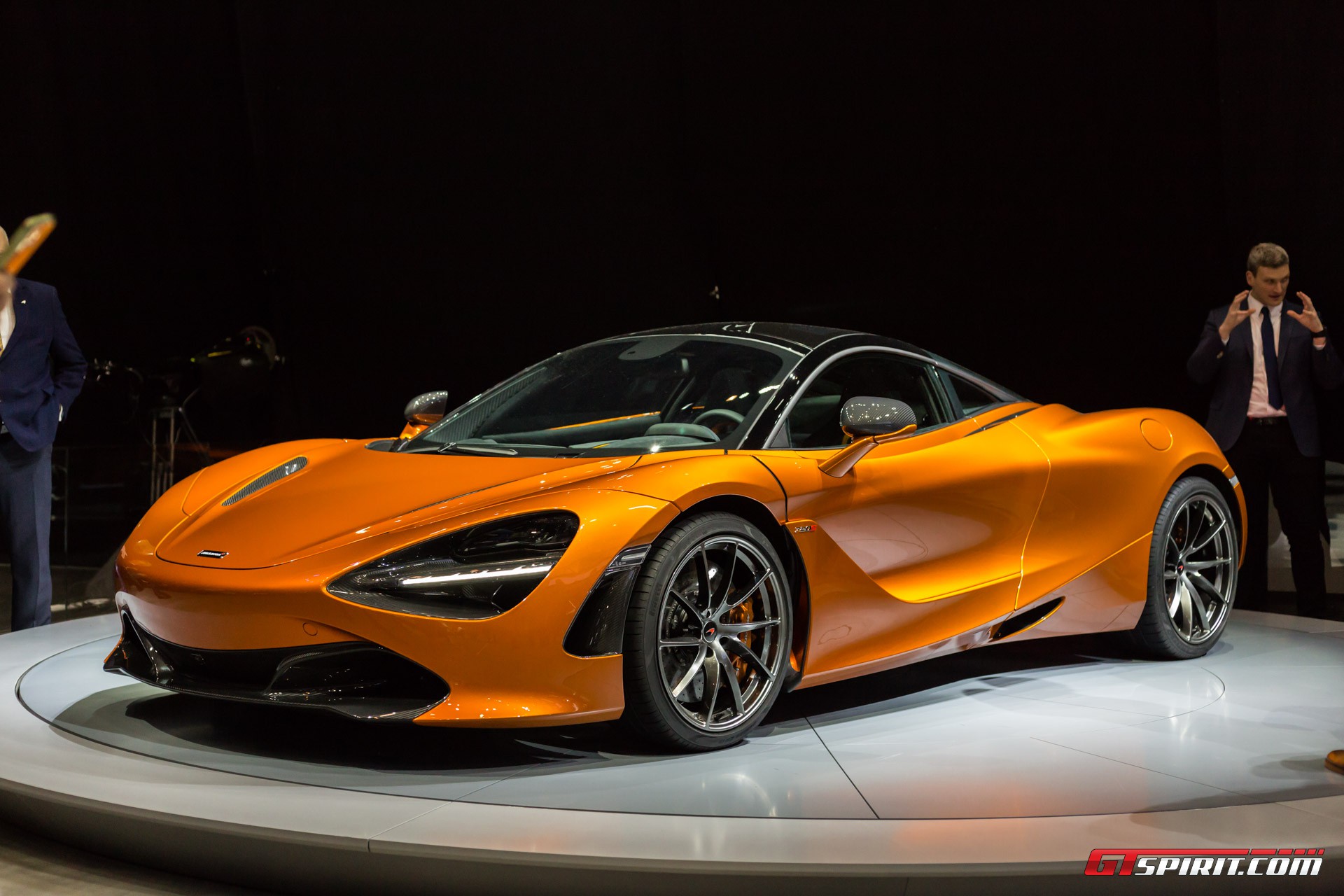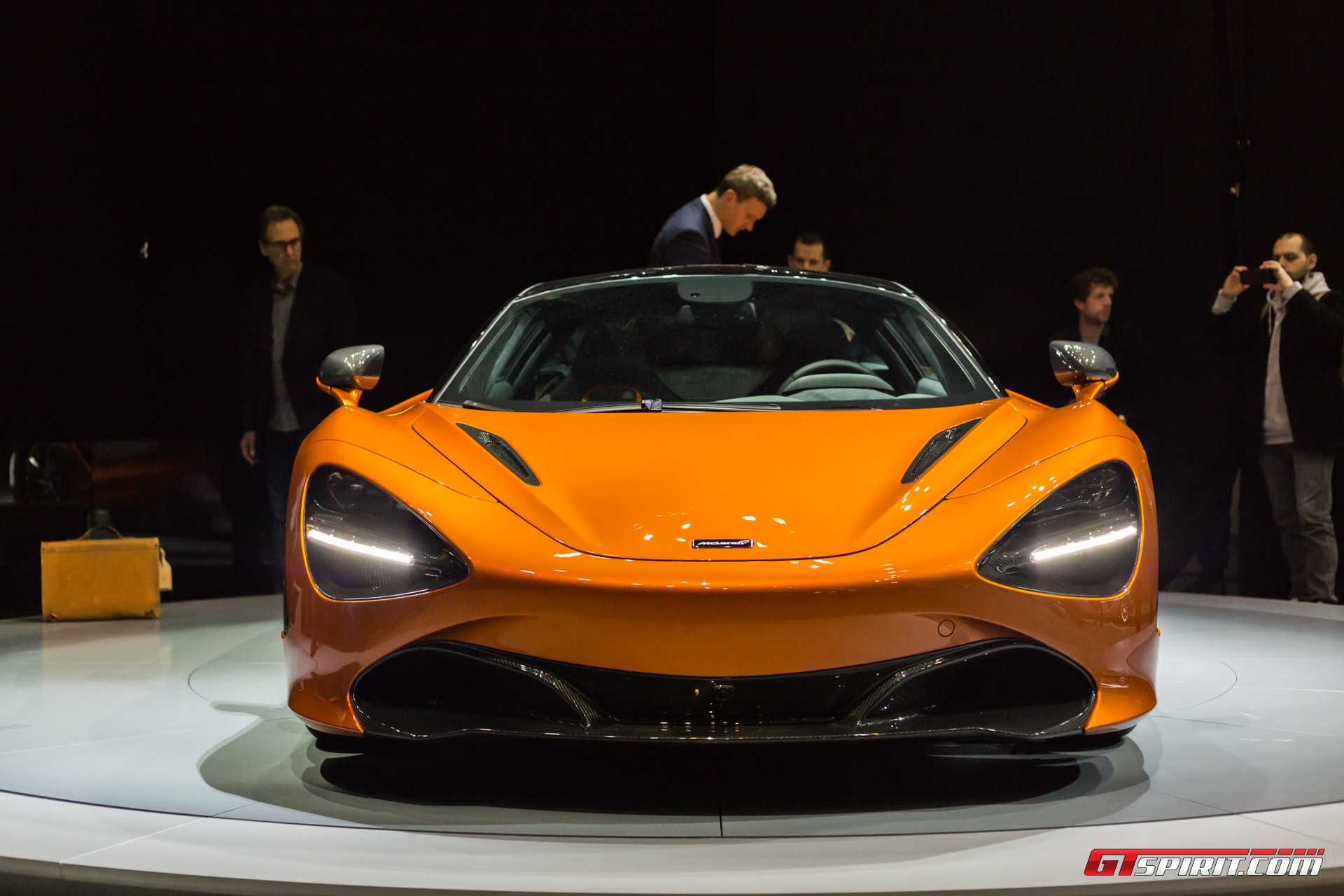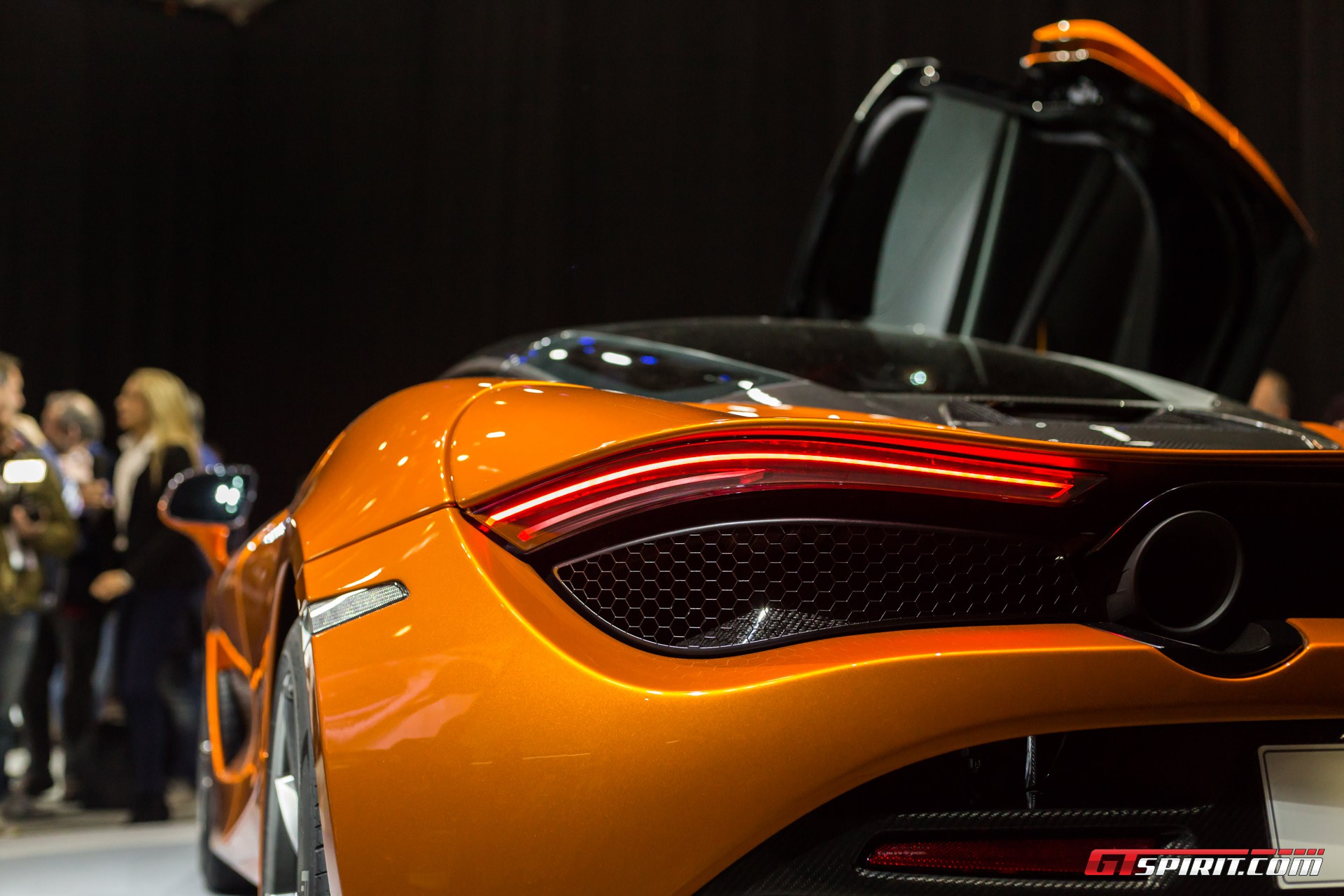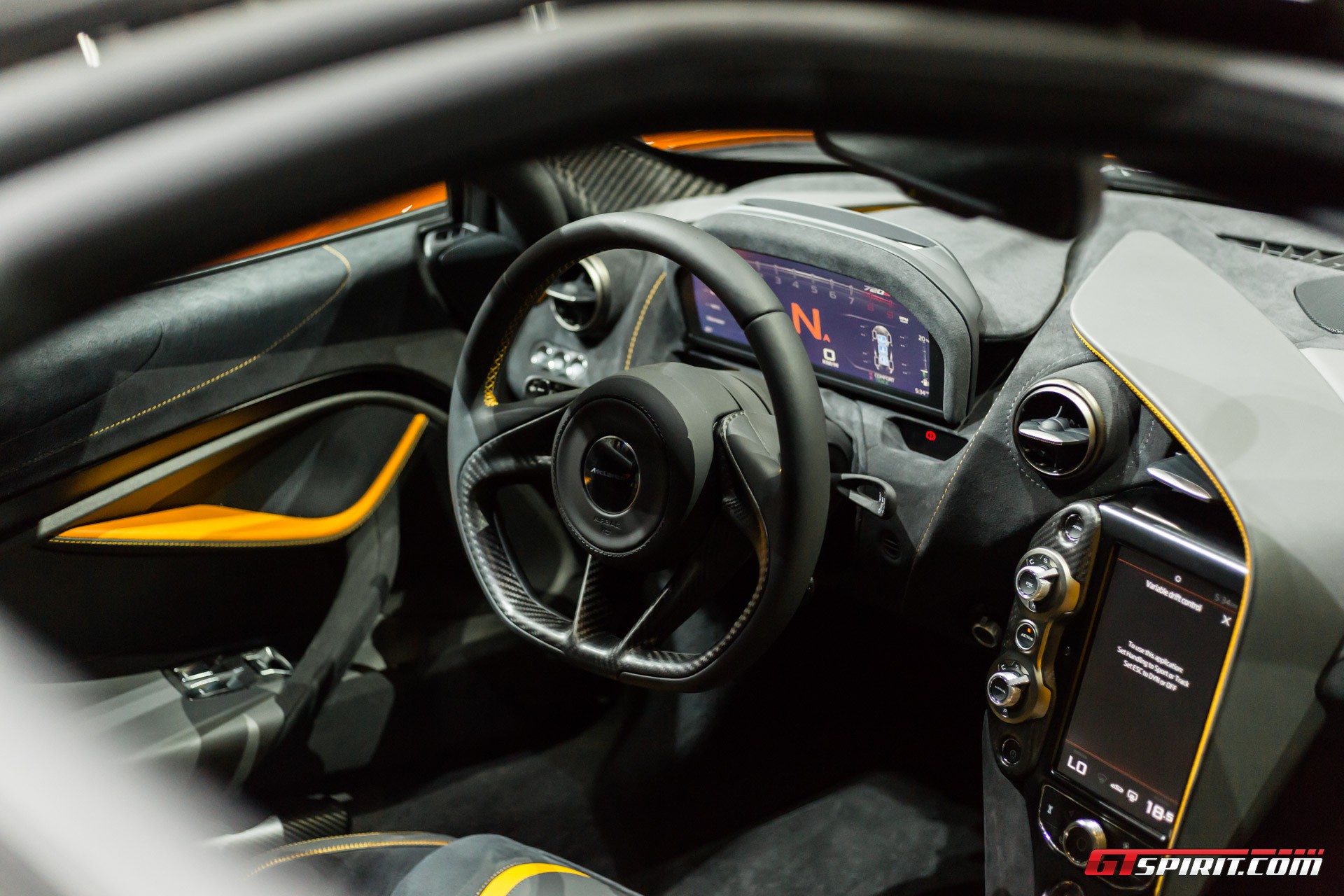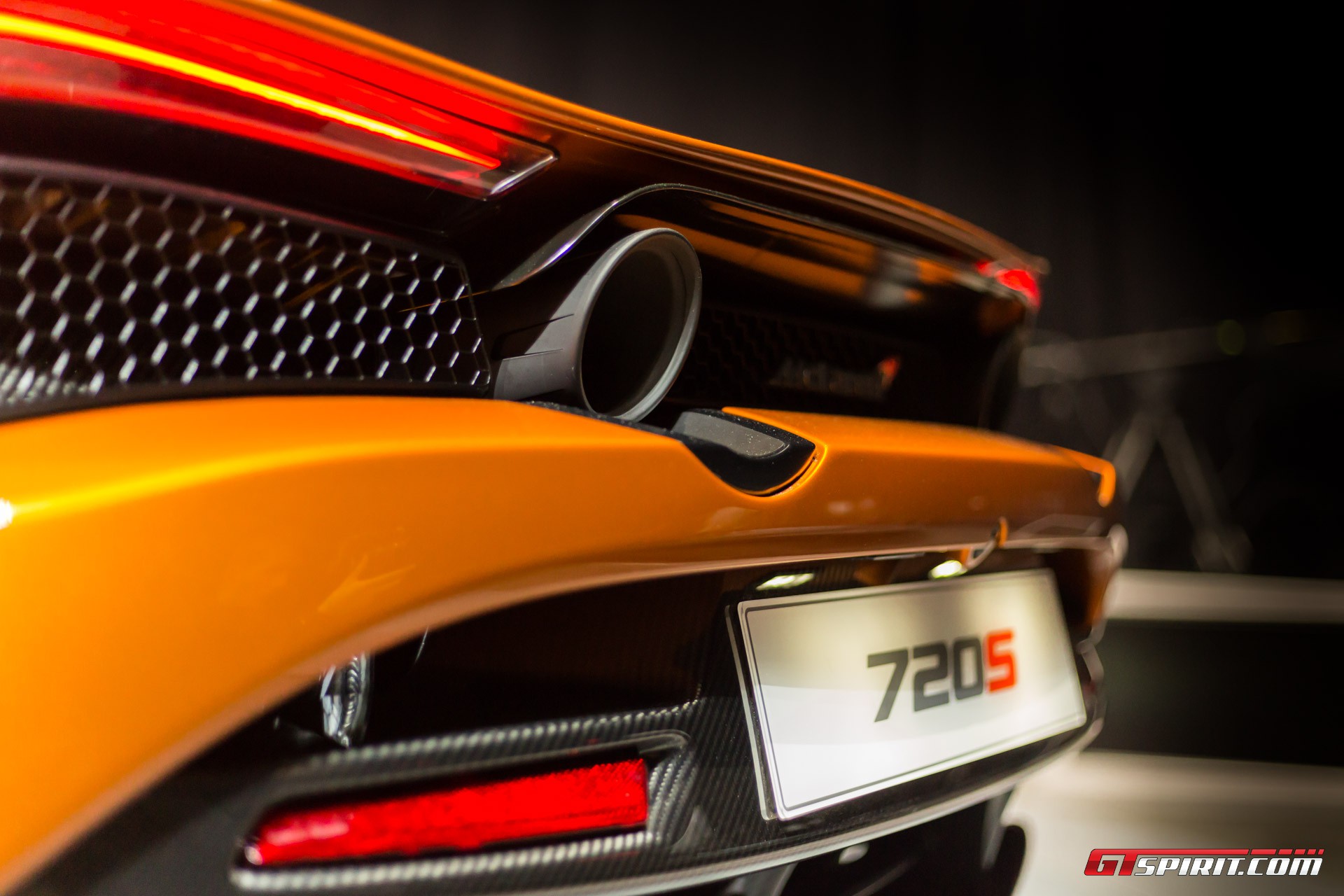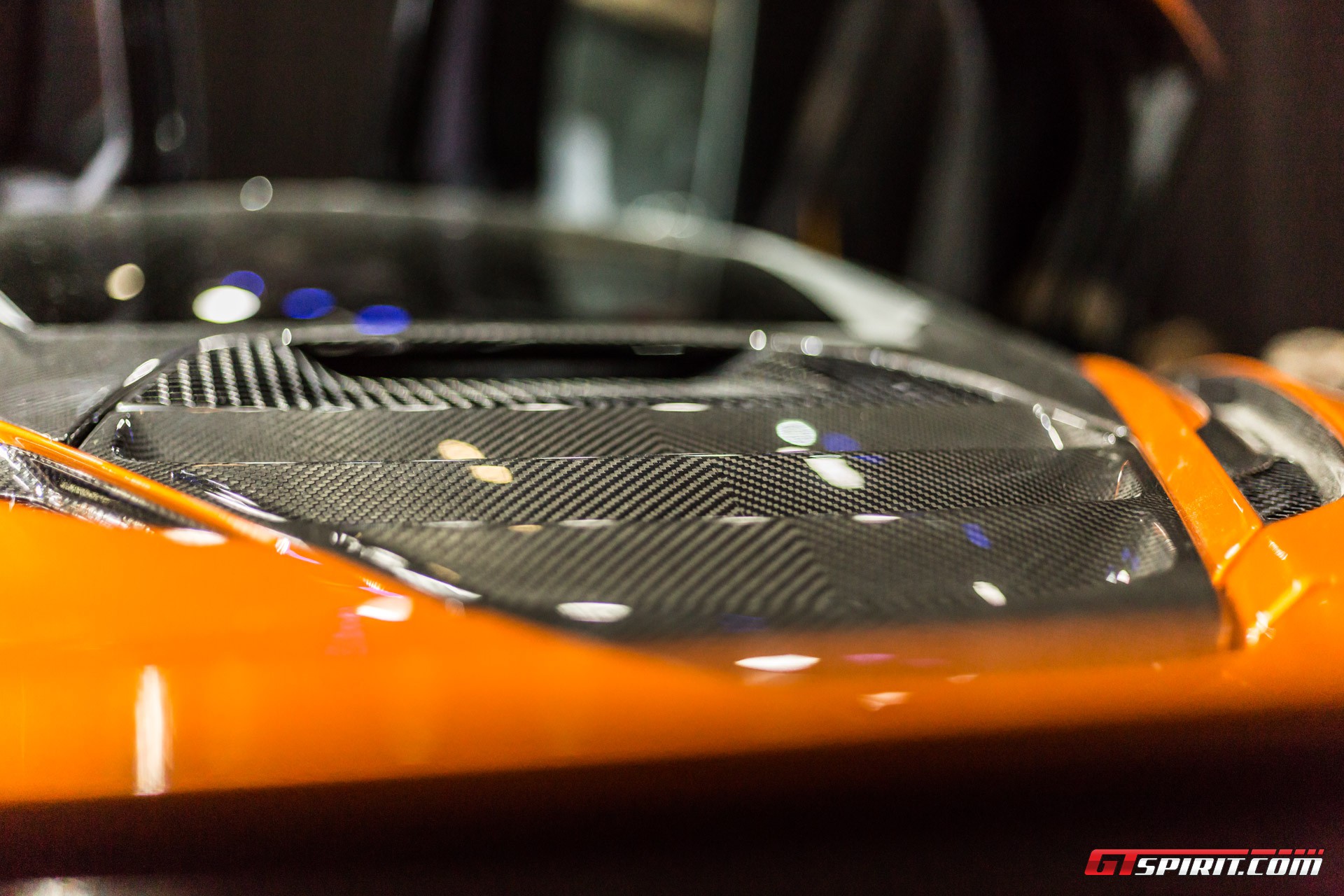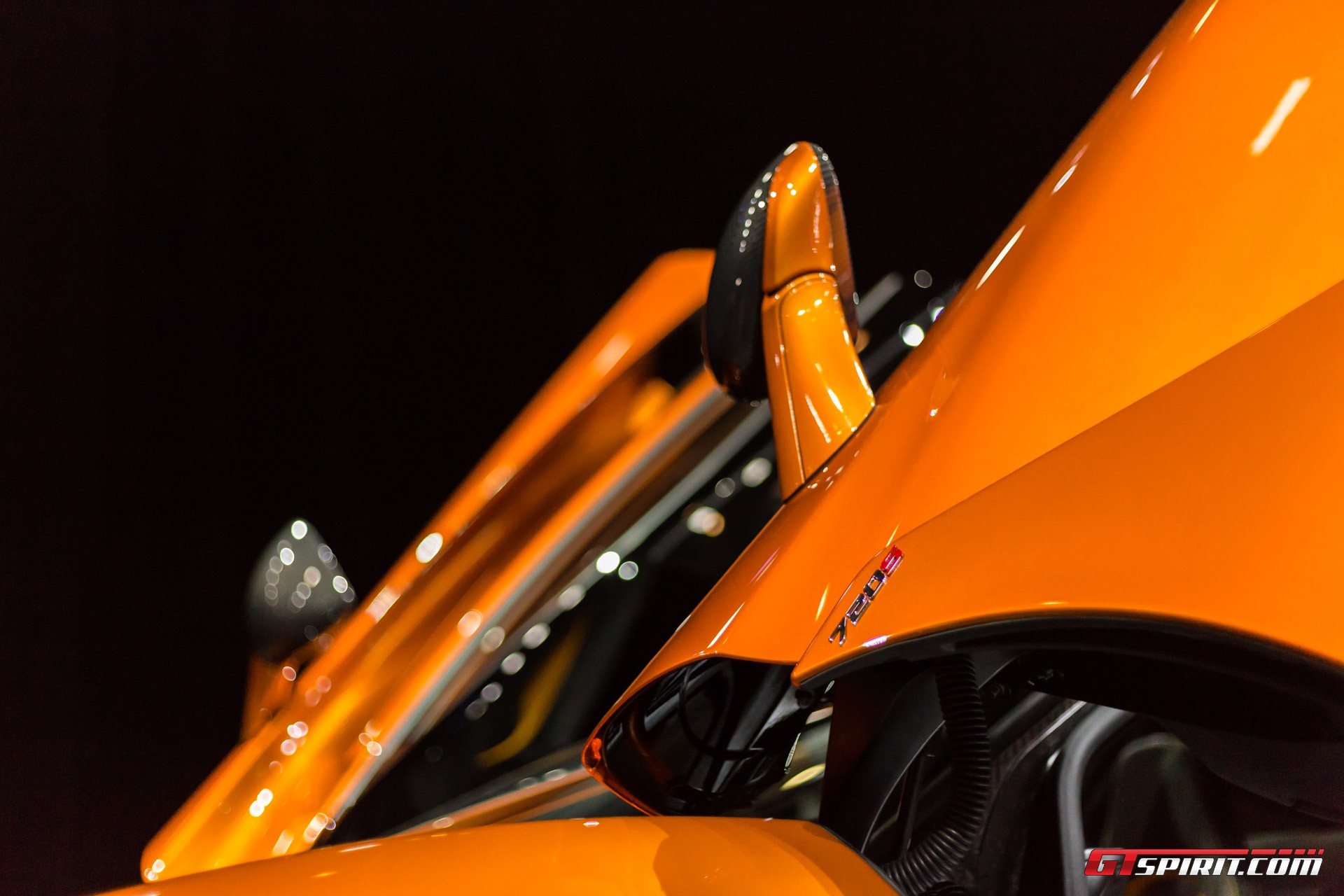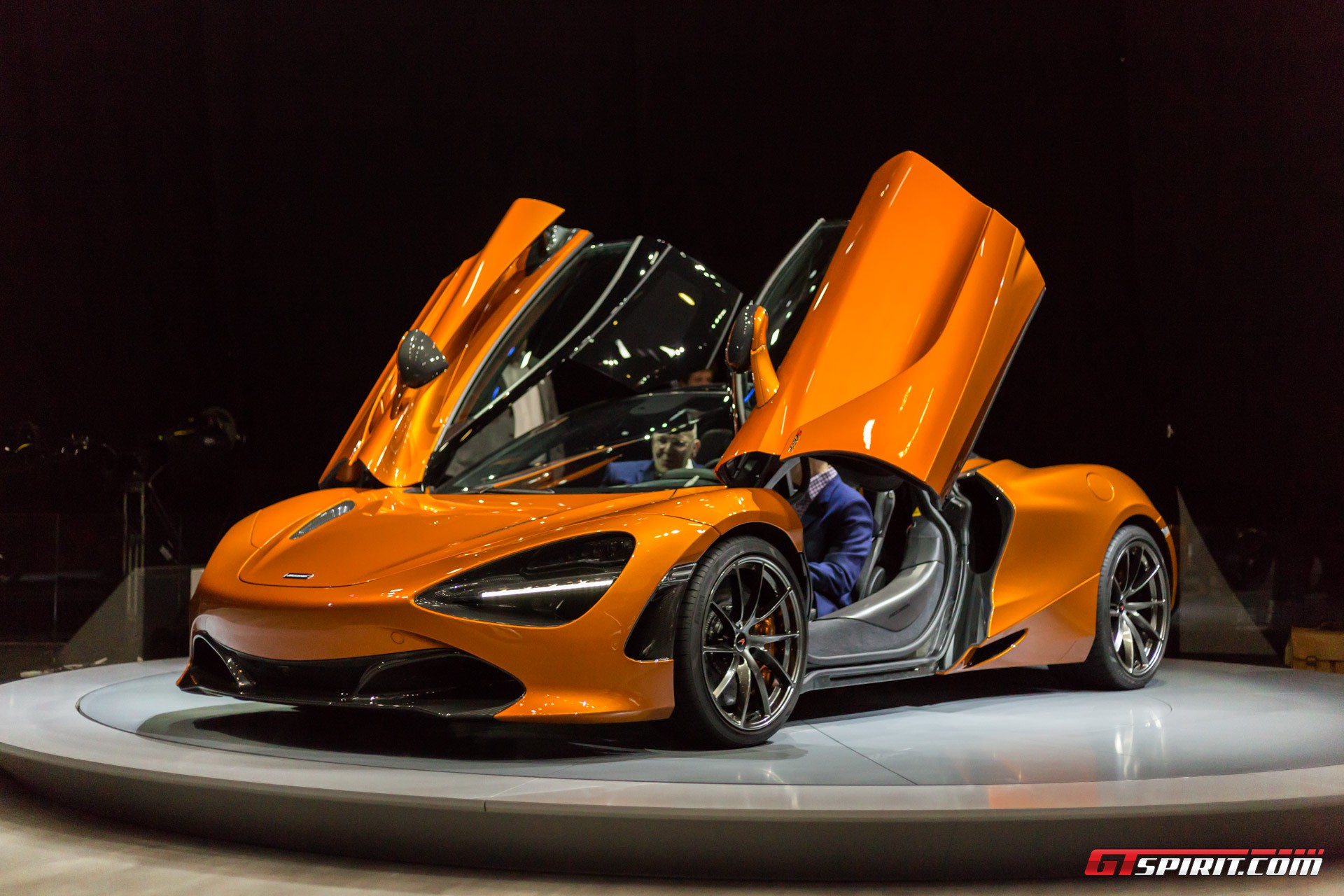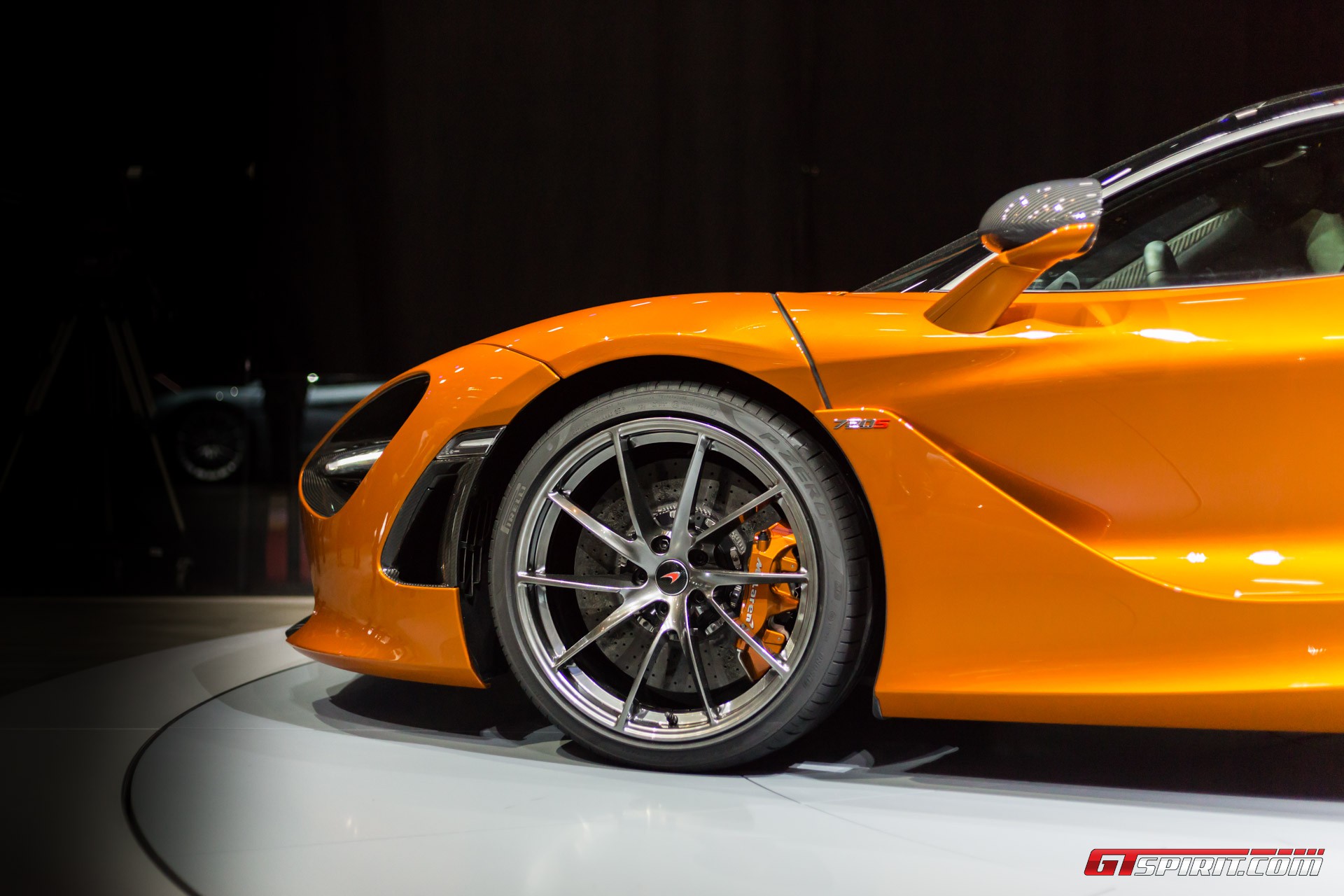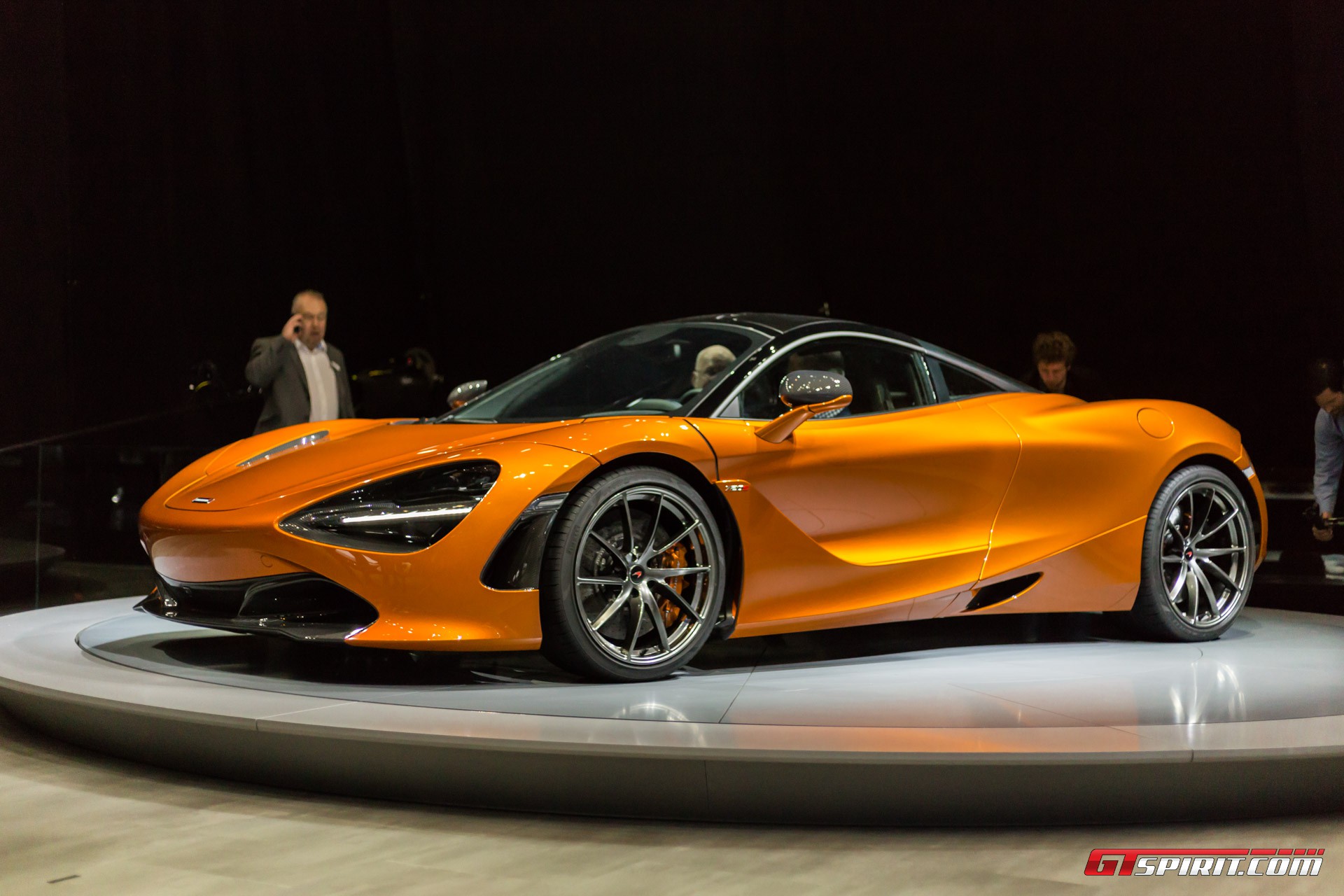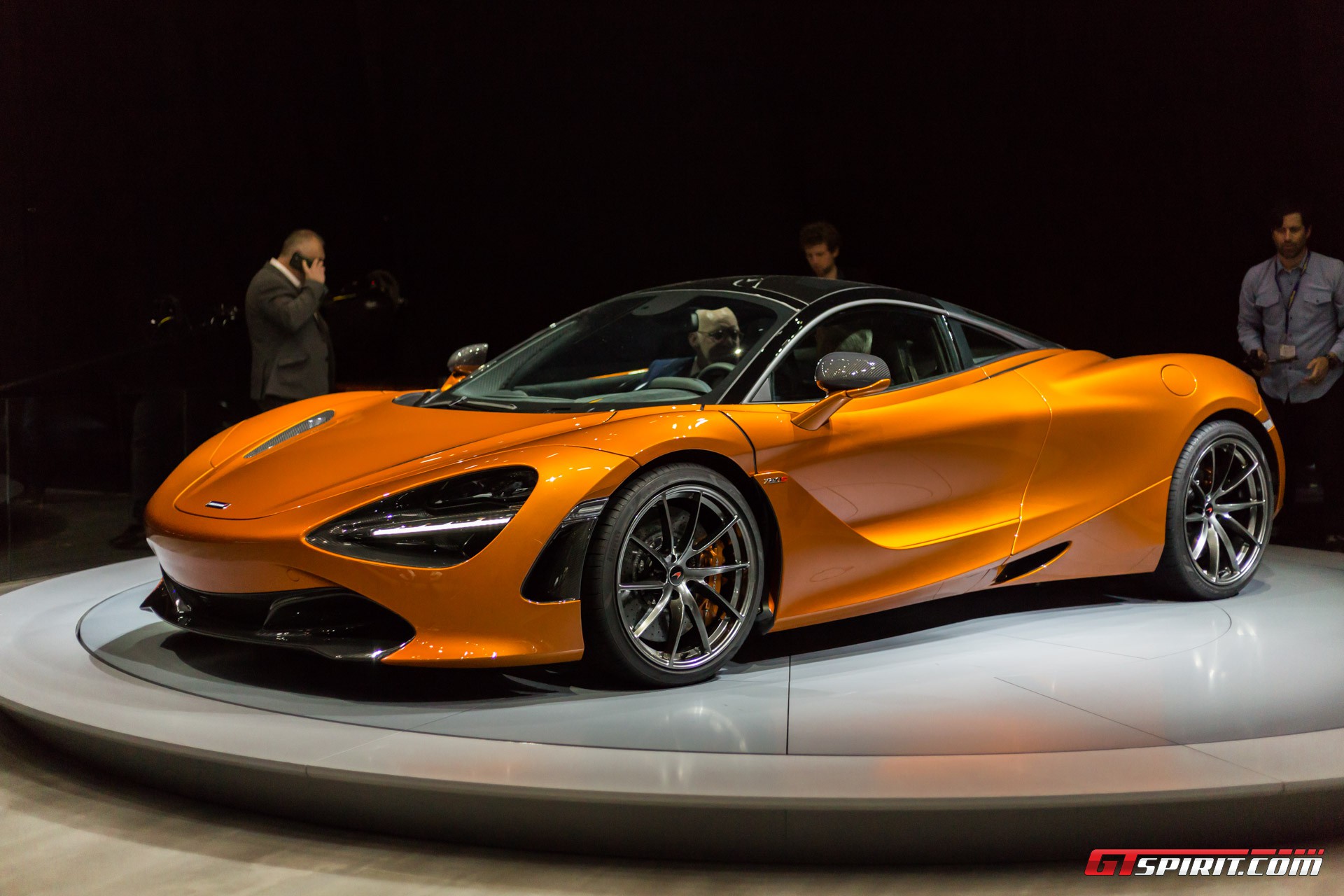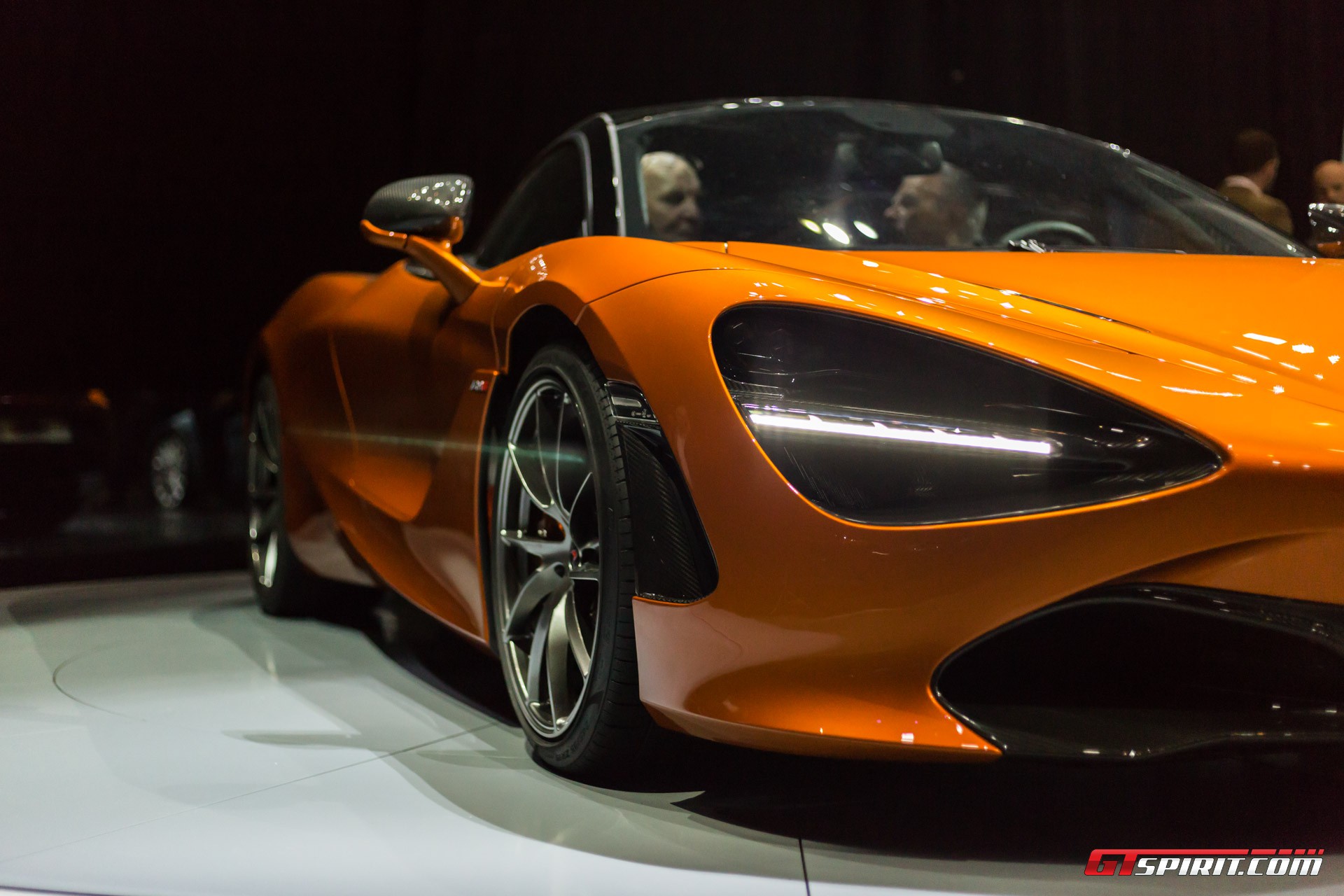GTspirit are live from the Geneva Motor Show 2017 where McLaren have taken the wraps off one of the most significant cars being displayed, the McLaren 720S. The car has generated such attention and gravitas following months of teasers and spy shots. The 720S is the replacement of the 650S Super Series car and has big boots to fill after the undeniable successes of it predecessor, the buzz at the McLaren stand is suitably electric. This is not the first time we have seen the car in the flesh having been invited to McLaren’s press preview event in January.
The all new 720S is a leap forward in development for the British manufacturer from the design, engineering and interior. The the mid-engined, rear-wheel drive layout of the 650S remains as you would expect. From here on in, it is all new. The is a second generation carbon fibre chassis based around the Monocage II structure. The body panels work around the carbon structure are are predominately aluminum for strength and lightness. The side profile has a clear teardrop shape to it with slim windscreen pillars and a complete panoramic glasshouse feeling. It feels remarkably light inside with plenty of visibility. The design is a huge change but there are number of elements such as the doors and rear aero features that mean it is still recognizable as a McLaren.
Dry weight is now 1,283 kg compared to the 650S’ 1,301 kg, savings have been found across the board from electrical and braking systems to structural airboxes. The suspension system alone saves a hefty 16 kilograms. Of course, performance figures are affected not by weight alone, but from power and torque bringing us to the engine. the McLaren 720S debuts a new, M480T twin-turbocharged 4.0-litre V8 engine, rated at 720PS and 770Nm. It’s power to weight ratio is 561PS per tonne which allows for an electrifying 0-100km/h time of 2.9 seconds, a 0-200km/h time of 7.8 seconds and a top speed of 341 km/h. Braking from 200 km/h to standstill takes just 117 metres and 4.6 seconds. As with all modern supercars, efficiency has relevance. The McLaren 720 S manages 10.7 litres/100km fuel economy and 249g/km CO 2 emissions (NEDC).
Personally having gotten up close and personal with the car, the greatest advance in the Sports Series car is found inside the cabin. The vast amounts of glass give the interior a fighter jet feel. The IRIS system is no more, the new system was developed with JVC Kenwood with information being displayed on the unique Folding Driver Display that shows the usual information on a high-definition TFT panel. At either the touch of a button the display slides down to Slim Display Mode which gives just essential information with minimum distraction, a very cool a futuristic addition.
The center console is angled towards the driver, the 8-inch display forms the central information system with audio, media, navigation and other convenience features. The McLaren Track Telemetry has been heavily reworked with a number of new readouts including G-maps, throttle position and full lap history available from the central screen. For more details on the McLaren 720S read our official story.


